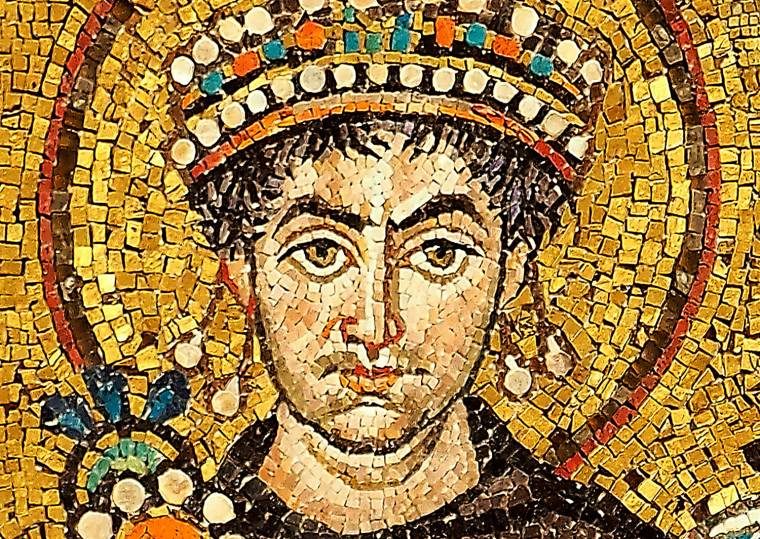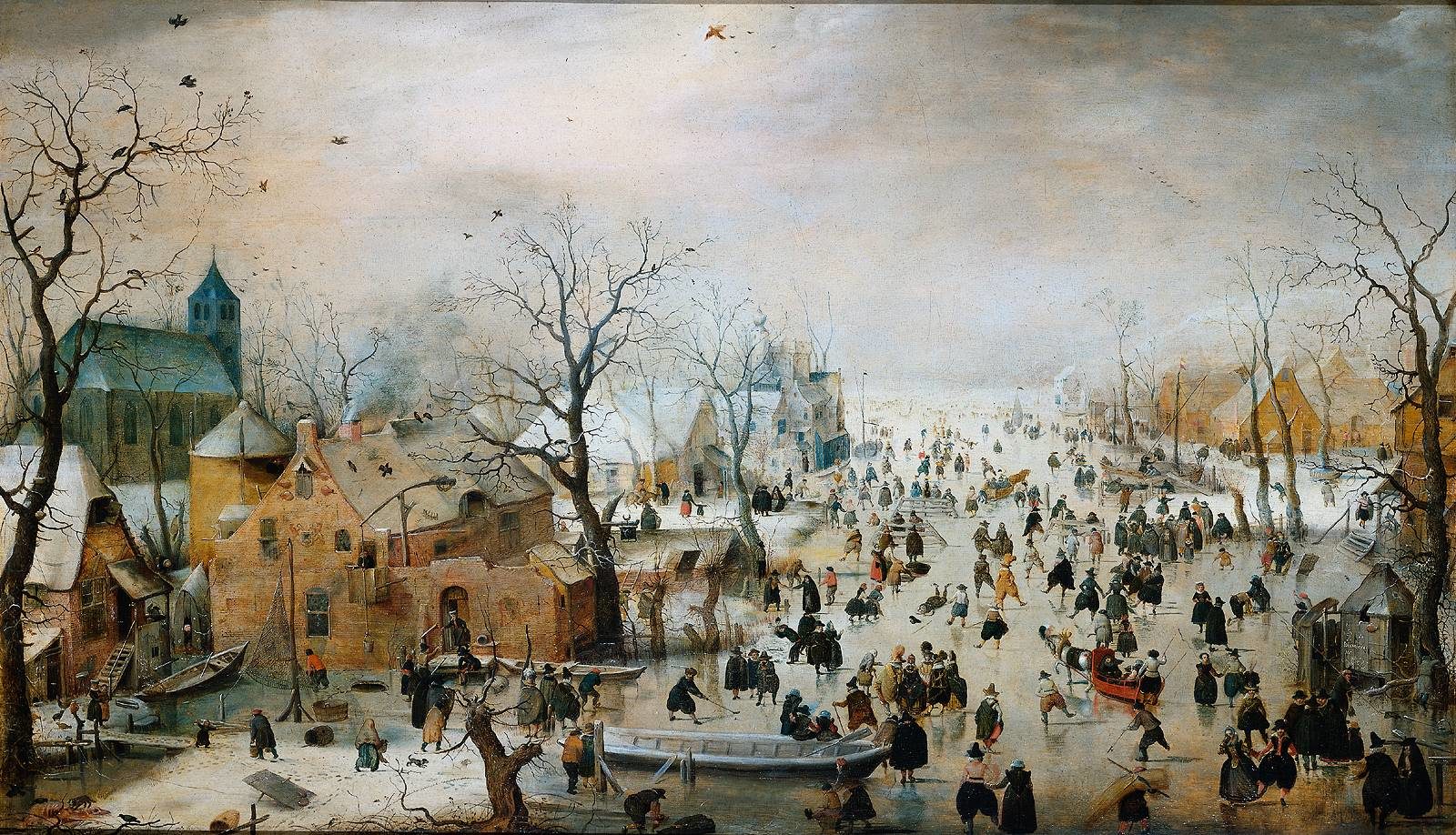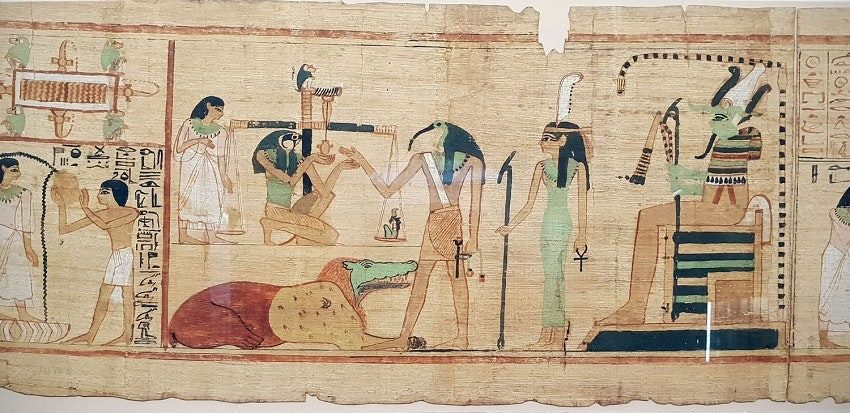OF THE
TIMES

540: Cometary bombardment (according to the Chinese historical record); Gildas reports cometary bombardment up in the northern regions of the U.K.; there was a collapse of the great dam of Mareb in Yemen, the country of Sheba...so that was an interesting year, 540...
541: The plague began in Egypt; there was a comet in Gaul; earthquake occurred in Kyzicus...there was a comet, there was drought, earthquake, earthquake, blah-blah-blah...so I'm getting this from all these different chroniclers...
542, the sun appeared at noon day...plague began in the east...
543: Plague in Mesopotamia...
544: Plague in Italy, southern France, Spain...
545: Plague in Persia; famine; plague (Mesopotamia 546)...
547: Tremendous thunder and lightning...
549: Flood in Cilicia; plague in the British territories (according to the Bishop of Llandaff)...
551: Another Beirut earthquake and tsunami; earthquake over the Middle East; "the sea retreats" (John Malalus)...
553: Earthquake, terrible thunder, and lightning (from Chronicle of Theophanes)...
554: Earthquake in Constantinople; the destruction of Baalbek (now that's interesting...wait till you read the next book and hear about Baalbek--that's very, very interesting)...
555: There's another earthquake in Constantinople and plague...
556: Famine [in] Constantinople, plague, ashes fell from the sky...
[...]
Jason: Can I make one small point? I mean, this is not like they had the internet (you know, where you can read about it)...like, oh, there was a 2.5 in such and such a place. Just imagine how big such a thing would have had to be, that somebody would have had to travel over to some other place and say, "Oh, by the way, there was an earthquake." And it would have been really big news. (So, it's not like we're tracking a 2.1 earthquake)...
Laura: These are city-destroying earthquakes, by the way. I told you that I'm just giving you the short version. These were city-destroying earthquakes, nation-destroying plagues of grasshoppers, city-destroying floods...




Comment: See also:
- Book Review: Where Troy Once Stood
- Meteorites, Asteroids, and Comets: Damages, Disasters, Injuries, Deaths, and Very Close Calls
- Winter Solstice: From Chaos to Creation
- Study details immense timber henge at Newgrange, Ireland, discovered during summer drought
- 'Spanish Stonehenge' resurfaces following drought in Extremadura
- Ancient city of Petra was a 'celestial calendar', says new study
- America Before by Graham Hancock - Book review
And check out SOTT radio's: